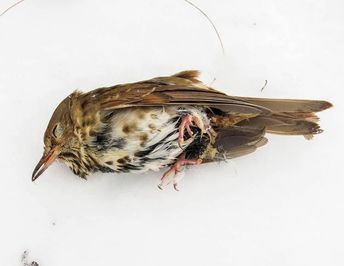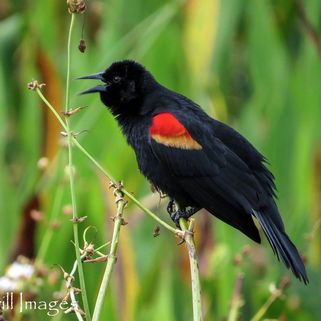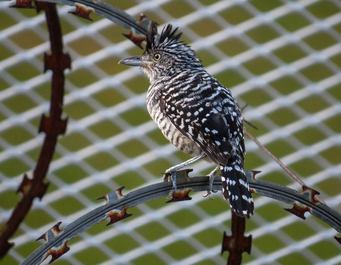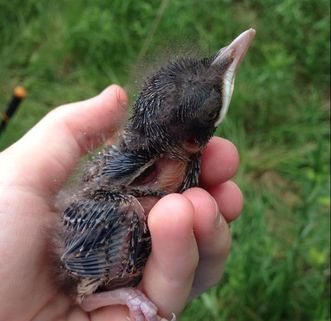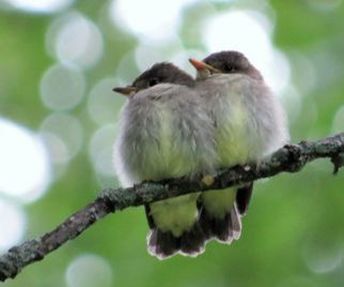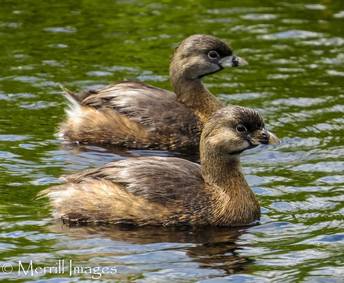WILDLIFE HEALTHThe health of wild populations is shaped by many factors, including diet, stress, and disease. Understanding the processes that promote or degrade health is becoming increasingly important as species are subjected to anthropogenic changes and as emerging infectious diseases enter new populations. Through integrating measures like dietary metabolites, stress hormones, immune function, and parasitism, my work seeks to paint a cohesive picture of avian health, from resident Illinois birds to migratory species at critical stopover sites.
ECOLOGICAL IMMUNOLOGYParasites and pathogens are important selective pressures, and species have evolved complex immunological mechanisms in response to the threat of infection. However, immune responses are thought to be energetically costly and there is considerable among- and within-species variation in immunological investment. Much of my work over the past decade has addressed variable immunity, including trade-offs between immune function and sexual signals, and how immune investment is shaped by life- history strategy.
|
CONSERVATION PHYSIOLOGY
PHENOTYPIC PROGRAMMINGThe sensitivity of the immune system and the hypothalamic-pituitary-adrenal (HPA) axis to pre and post-natal experiences is thought to be an adaptive mechanism that allows organisms to cope with current environmental conditions, and to potentially prepare them for expected future conditions. Working in both natural and experimental systems, this work investigates how early life exposure to stress, antigens, and sub-optimal temperatures shapes the phenotype of adult organisms, including their plasticity.
|
LIFE HISTORY THEORY |
NATURAL HISTORY |
|
Organisms face important allocation decisions with ultimate fitness consequences, and how individuals make these decisions is often context-dependent. My life history work addresses allocation decisions like investment in reproduction versus self-maintenance and investment in current versus future offspring. This research has found that Brown-headed Cowbird egg allocation is shaped by the quality of both host and environment, shrub-nesting species defend their nests based on the quality of their offspring, and closely related blackbirds differ in their self-maintenance based on their different reproductive tactics.
|
Natural history is an important component of my research, and my ideas and interpretations are strongly guided by observations of the natural world. To date, I have conducted field work in eight countries on four continents. While my work abroad has provided me with tremendous exposure to the natural phenomena, I have also gained valuable insight through simply watching the species in my own backyard. In addition to question-based research, my work includes descriptive natural history. I have documented novel posturing behavior in territorial Snapping Turtles as well as novel foraging behavior in Pied-billed Grebes.
|
